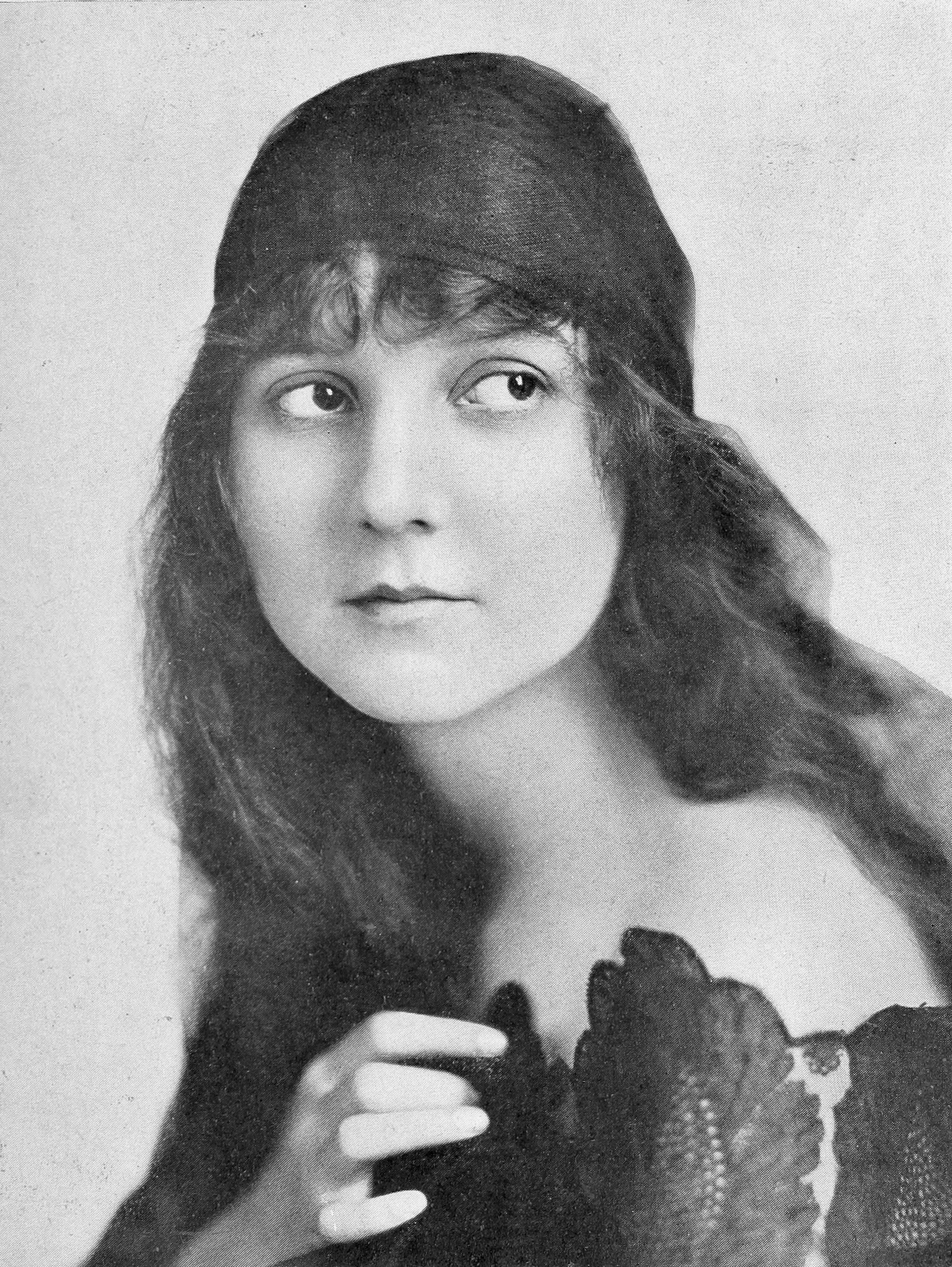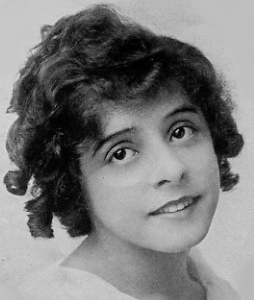 |
| Francis Ford, 1919 |
Here is another Thomas Ince production
(see the recent BITS review of his 1919 film with William S. Hart, Wagon Tracks). A short, 40-minute
western, The Invaders tells a
familiar story of U.S. Cavalry vs. Indians on the frontier.
The film is notable for its direction by
Francis Ford, elder brother of John Ford. While active behind the camera during
the silent era, with 177 directing credits, Francis worked chiefly as a film
actor in Hollywood. IMDb lists a phenomenal total of nearly 500 on-screen appearances
in mostly uncredited roles during 1909 – 1953.
Plot. The story concerns the breaking of a
treaty with the Sioux, who are promised that settlers will be prevented from
entering their lands. Trouble quickly ensues as a party of surveyors arrives to
take topographical measurements for a transcontinental railway.
In a parallel plot thread, we learn that
the Sioux chief’s daughter, Sky Star (Ann Little), is being courted by a member
of the tribe, who attempts to trade for her with a gift of horses. Her father
is happy with the deal, but she is not. Before long, one of the surveyors, who
spies her in his scope, takes an amorous interest in her.
When the Sioux learn of this development, they
are joined by the Cheyenne to complain to the Army about the “invaders.” Before
long, the surveyors are under attack. Greatly outnumbered, they are shot and
left to die after being tortured.
 |
| Ann Little, 1916 |
Sky Star, who has witnessed the attack,
rides off to the fort to warn the cavalry that the tribes are on the warpath.
She takes a bad fall from her horse, and arriving at the fort she is taken in
by the Colonel’s daughter (Ethel Grandin) who attempts to revive her, but to little
avail.
Under siege, the cavalry attempts to hold
off the assault, but the Indians have the upper hand. When a white flag is
waved from inside the fort, the Sioux chief offers a ceasefire if he is
permitted to speak with his daughter, Sky Star, but the girl has not revived
and appears to be dying.
An attempt is made to reach another fort
by telegraph, but the Indians burn down a telegraph pole, thus cutting off hope
of rescue. A young officer, Lieutenant White (Ray Myers)—the sweetheart of the
Colonel’s daughter—then bravely rides off to the next fort.
The attack intensifies, and seeing the end
near, the Colonel puts a shell in his revolver and holds it to the head of his
daughter, intent on taking her life before she can be taken captive.
Fortunately, Lt. White returns in time with troops to drive off the Indians. As
he reenters the fort, he is greeted by the Colonel and his daughter. The three
then grieve the death of the Indian girl, Sky Star.
What to look for. For such an early
film, The Invaders is competently
made. The attack scenes are full of action, smoke, and swirling dust. Interior
scenes show the influence of theatrical staging, but the many exteriors make
use of the depth that can be suggested by movement towards and away from the
camera, as well as movement in and out of the frame.
 |
| Ethel Grandin |
In an early example, a mule-drawn coach
arrives at the fort, emerging through the gate and coming directly toward the
camera, passing to the right of it before stopping to let five men jump one
after another from the open door. While the camera is typically stationary,
Ford introduces a long, smooth panning shot to capture the action as the surprised
surveyors futilely fire their guns at the approaching band of Indians, who are
on horseback.
Not all went smoothly in production. In one
interior scene, obviously shot on an open stage set, papers on the Colonel’s
desk can be seen blowing in the wind. Later, when the actors playing Lt. White
and the Colonel’s daughter have a scene, he grabs at her as she pulls away and
gets a fistful of her hair.
The print available on YouTube is in
excellent condition and a prime example of the movie experience (although
without musical accompaniment) as it would have been enjoyed by audiences at
the time. Here is the opening scene:
Wrapping up. In the film, Francis
Ford takes the role of the Colonel. In an unusual bit of casting, the Sioux
chief was played by an actual Sioux, William Eagle Shirt, who appeared as an
Indian in a dozen short films, 1912–1917. Screenwriter C. Gardner Sullivan,
with almost 200 writing credits over three decades in Hollywood, also wrote the
script for Wagon Tracks (1919),
reviewed here earlier.
The entire film is currently available at YouTube. For more Overlooked movies and TV, click
over to Todd Mason’s blog, Sweet Freedom.
Image credits: Wikimedia Commons
Coming up: Elmer Kelton, Other Men’s Horses
Didn't know John Ford's older brother was also a director'
ReplyDeleteRon, thanks for the link to this excellent early silent film. I just finished watching it and I was very impressed by the attack on the fort at the end. In fact, I'll watch it again later. The print is very clear and for 1912, this is a real surprise.
ReplyDeleteEvery now and then film buffs complain about the silent films but there are some real treasures.
I am wondering how many early films like this are in private collections that will eventually find their way to places like UCLA, which have been preserving them.
DeleteLove silent films and will check this out over the weekend. Thanks for the link and forgotten history, Ron. Or, rather, hidden history.
ReplyDeleteI like some of these little silent. Thanks for the heads up on this one.
ReplyDeleteFine preserved photography. I think I've seen a remake of it, but can't recall the title. Those actresses look almost too young for the roles.
ReplyDelete